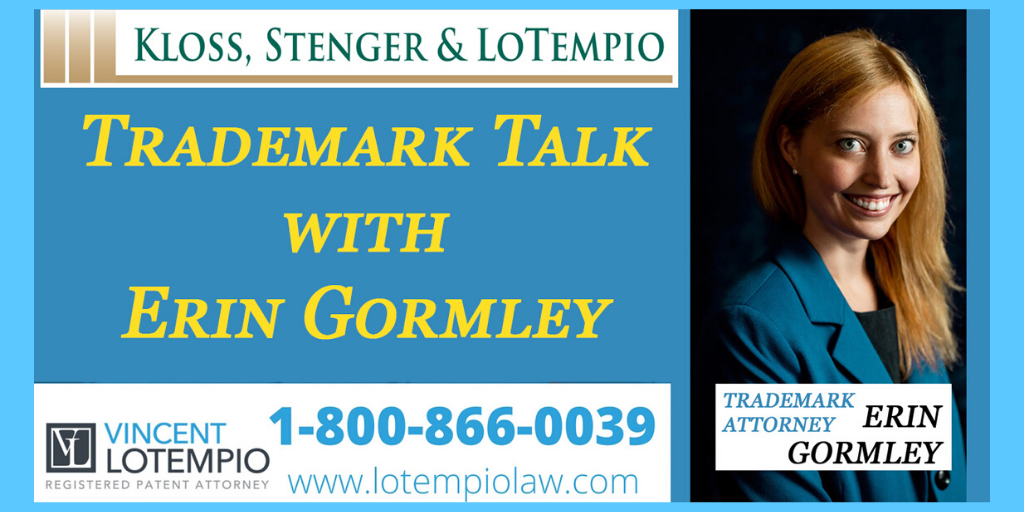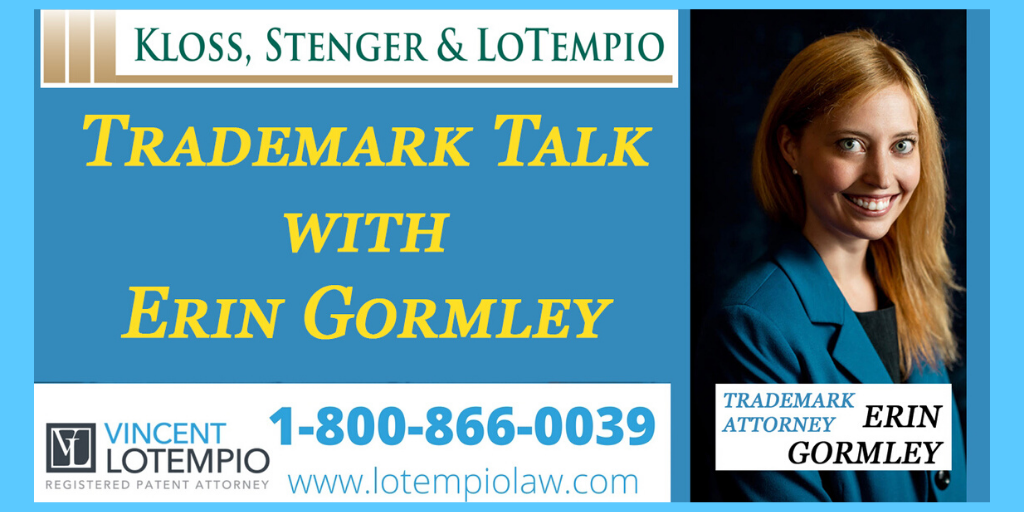Choosing the right trademark
I just put my most recent Ask the Patent Attorney video up on YouTube about what makes a strong trademark. When choosing a trademark a major factor to consider is distinctiveness.

Too bad True Fit Corporation didn’t watch a similar video before choosing their name.
Yesterday in the case of True Fit Corp. v. True & Co., the court denied the plaintiff’s motion for a preliminary injunction based upon many factors.
The court ruled that a major factor was that the mark was closer to descriptive than it was to suggestive.
“This is like saying that the phrase “good food” is suggestive rather than descriptive, because it takes imagination to appreciate what it is the chef does to make the food taste good,” the court observed.
True Fit is a company providing a software service to help retail consumers find jeans that fit them well.True & Co. was formed in the fall of 2011 as an e-commerce lingerie retailer, providing women with a new way to shop for bras online.

The Judge reasoned that the phrase “true fit” was commonplace among both retailers and consumers when referring to fitting and sizing.
In addition, the phrase described the function of True Fit’s software: helping a person pick a garment that is the person’s best fit, that is, his or her “true” fit.
The strongest trademarks are arbitrary and fanciful. Suggestive marks are somewhat descriptive and are not as strong but are enforceable. If a trademark is ruled descriptive by the court it means that anyone can use it.
Here’s the list of factors that the court used to decide not to grant a preliminary injunction:
- Protectability of Marks. Because True Fit’s registered marks were descriptive, rather than suggestive, and had not achieved incontestable status, True Fit was required to show that the marks had acquired secondary meaning to be protectable.
- Likelihood of Confusion. To evaluate the likelihood of consumer confusion, courts apply aneight-factor test: the similarity of the marks; the similarity of the goods; the relationship between the parties’ channels of trade; the relationship between the parties’ advertising; the classes of prospective purchasers; evidence of actual confusion; the defendants’ intent in adopting its mark; and the strength of the plaintiff’s mark.
- Similarity of marks. Look at the total effects of the marks, considering their designs, fonts, and color schemes
- Similarity of services. The parties’ services were similar in that they assisted online shoppers in finding the right fit of a garment by filling out an online quiz that did not rely on measurements.
- Actual confusion. Evidence of actual consumer confusion.
- Prospective purchasers. Did the parties target exactly the same class of prospective purchasers? For example directly to consumers versus wholesalers?
- Advertising. What kind of advertising and who was the advertising directed to? What group retailers versus commercial purchasers?
- Channels of trade. High-end stores versus Internet trade?
- Strength of mark. Is it famous; is it a well known trademark in the industry?
- Accused infringers intent. It is a clearly copied from the registered trademark or was it used prior to the registration.
In this case most of the factors went against the party that made the accusation of infringement. It doesn’t necessarily mean that the case is lost… but losing the battle may equate to losing the war and the lawsuit will end here.
The lesson to be learned is that when picking a mark make sure it is not too descriptive.




